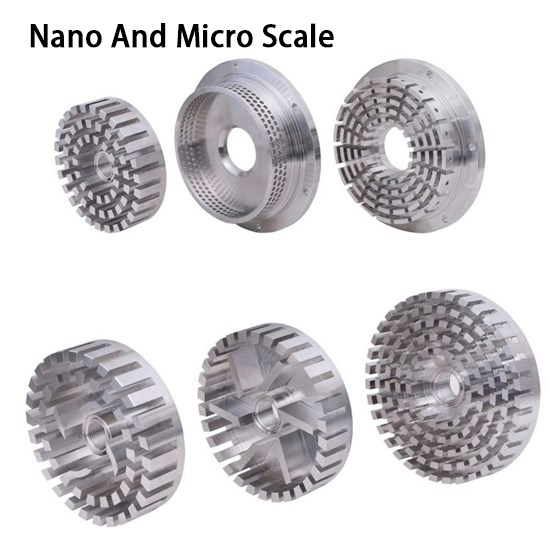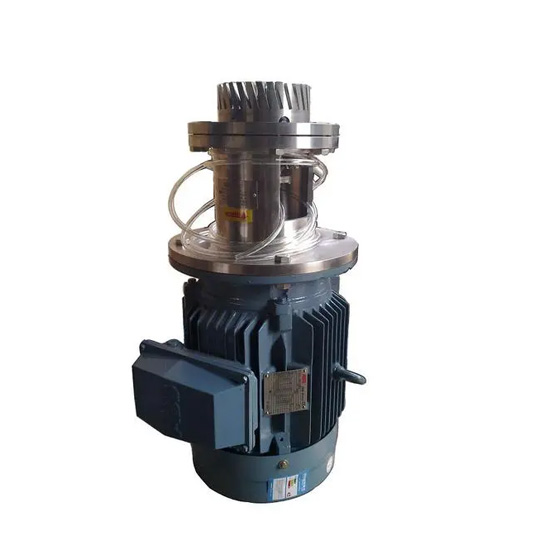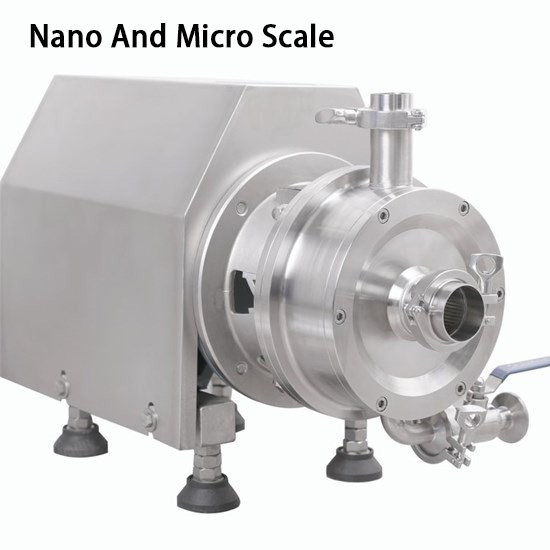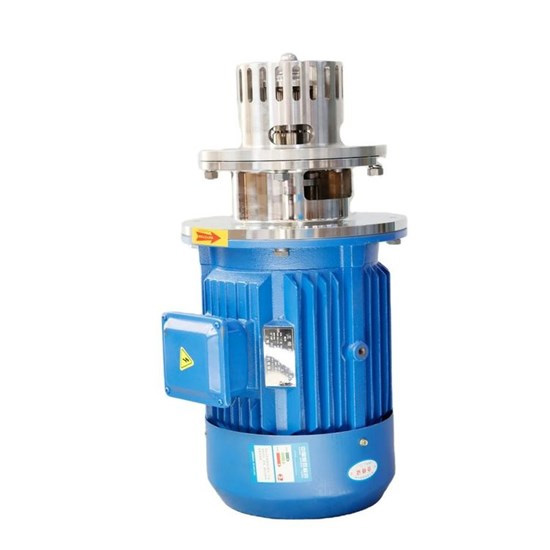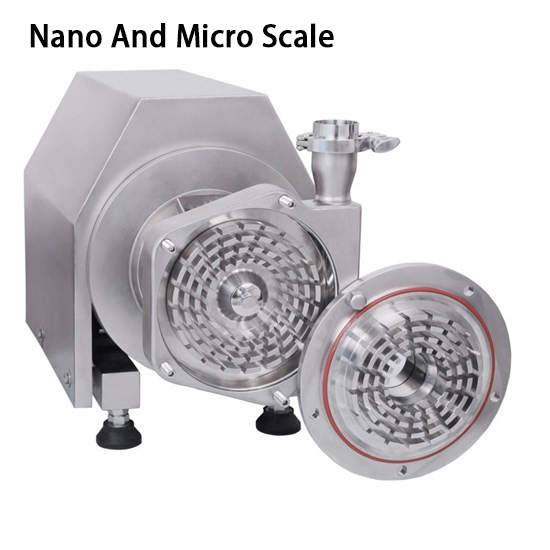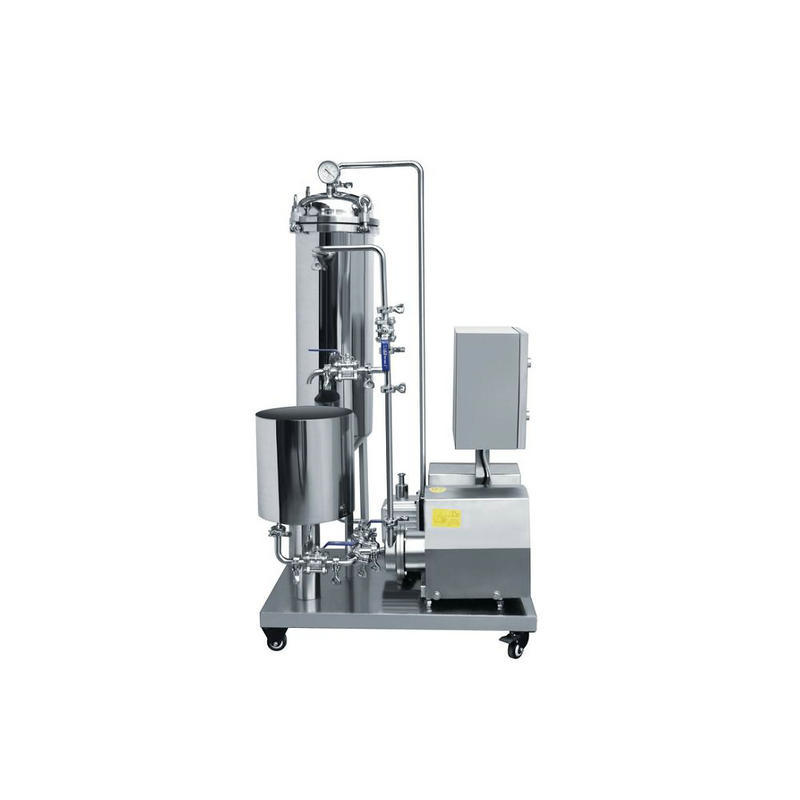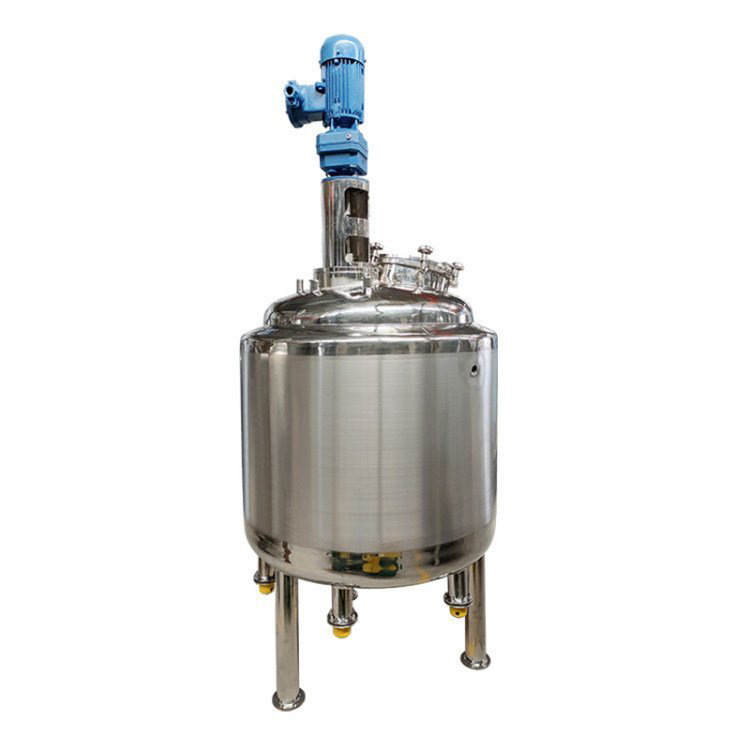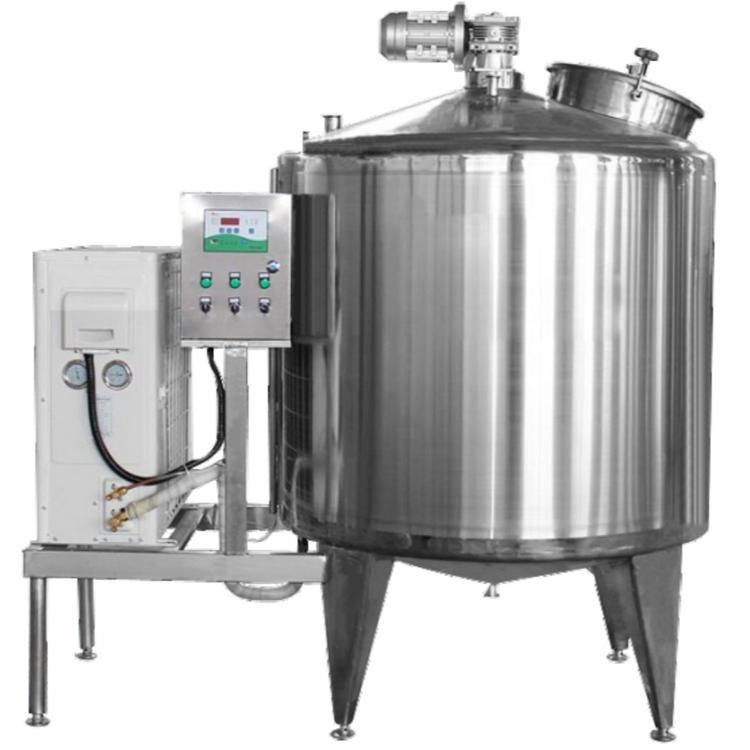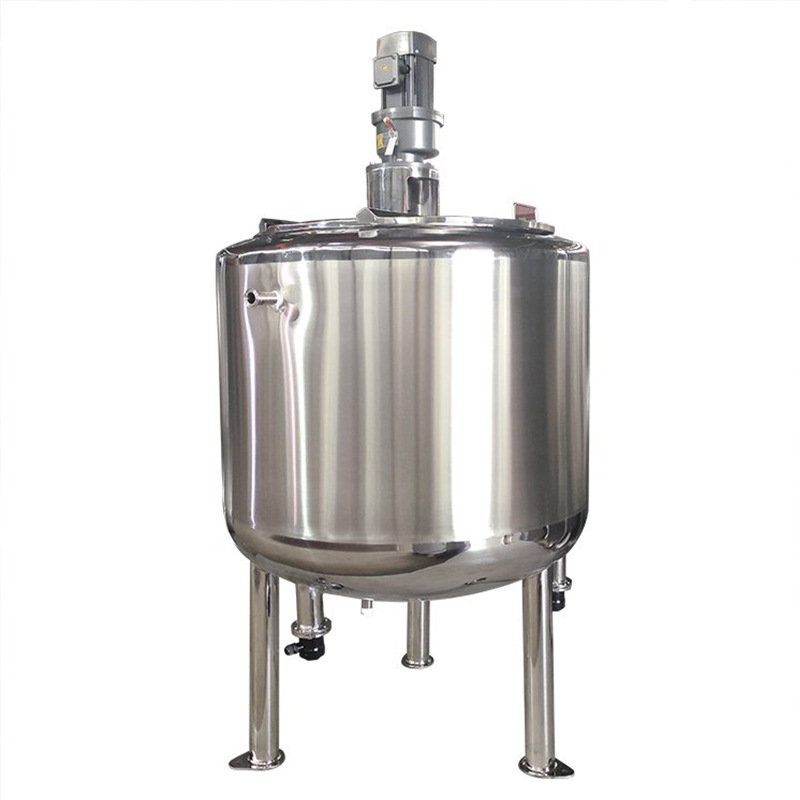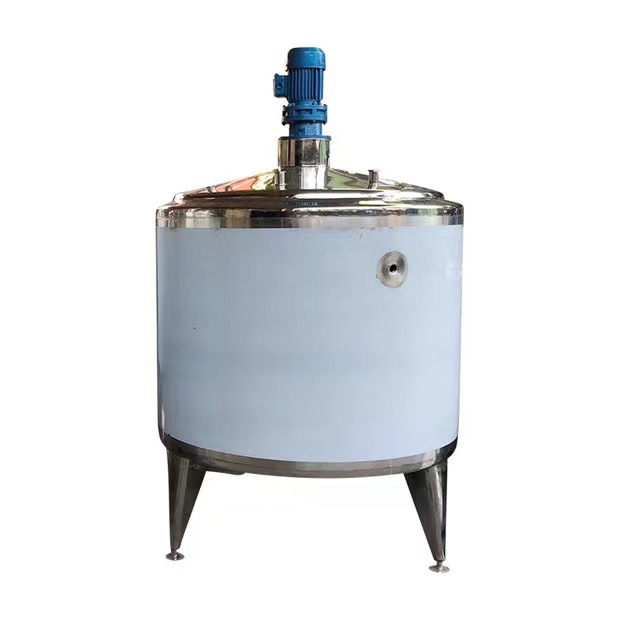Is It Necessary To Use An Emulsifier When Producing Pet Nutritional Pastes Such As Rat Strips?
Rat strips nutrient paste refers to a nutrient paste specially designed for small rodents such as hamsters and guinea pigs.
This type of nutrient paste is usually rich in nutrients such as protein, fat, vitamins and minerals, which can provide additional nutritional supplements for pet mice. Here are some characteristics and usage suggestions of rat strips nutrient paste:
1. Nutrients: The formula of rat strips nutrient paste may be adjusted according to the specific needs of pet mice.
They usually contain protein, fat, vitamins, minerals and some ingredients that are beneficial to the health of pet mice.
2. Function and use: The main function of rat strips nutrient paste is to provide additional nutritional support for pet mice to help maintain their health and vitality.
They can be used as a supplement to daily diet, especially when pet mice are sick, pregnant, lactating or old, to provide additional nutritional needs.
3. Usage: Rat strips nutrient paste is usually sold in the form of small tubes or small bags. You can squeeze an appropriate amount of nutrient paste into the food bowl of pet mice or feed them directly. According to the product instructions, control the amount of feeding each time to avoid overfeeding.
4. Selection and precautions: When choosing a rat strip nutritional paste, make sure to choose a product that is suitable for the type and age of your pet rat. Check the product label for ingredients and nutritional information, and follow the product's instructions.
In addition, when storing rat strip nutritional pastes, make sure they are in a dry, cool place, away from direct sunlight and high temperatures.
So do you need an emulsifier when producing this type of nutritional paste? Let's take a look!
Nutritional paste formula and production process
Emulsification Pump is necessary when producing nutritional pastes, and is generally used for stirring, mixing, homogenizing, etc.
This type of pet nutritional paste is a semi-solid ointment made by homogenizing emulsification equipment. When choosing a pet nutritional paste emulsifier, you can pay attention to the following aspects:
- Sealing: Choose a fully sealed emulsifying pot to prevent contamination.
- Vacuum function: Choose an emulsifier with a vacuum function. On the one hand, vacuum degassing can avoid oxidation or contamination of the product caused by air. On the other hand, the vacuum pump can form a negative pressure to suck the material in the pretreatment tank into the main tank.
- Mixing mode: Choose scraping wall mixing and high shear homogenization, efficient mixing mode to ensure product mixing effect.
- Heating/cooling function: According to process requirements, choose an emulsifier with heating and cooling functions.
- Temperature/pressure control: Choose an emulsifier that can measure and control temperature and pressure in real time.
- Cleaning and maintenance: Choose an emulsifier with a simple structure for easy cleaning and maintenance.
- GMP standard: Choose an emulsifier that meets GMP standards.
Process introduction for producing pet nutritional pastes such as mouse strips:
Formula design: Formulate the formula of pet nutritional paste according to the nutritional needs of pets and market demand. This includes determining the required main ingredients, such as high-quality protein, fat, vitamins, minerals, and additives (such as natural preservatives, natural pigments, etc.).
Material preparation: Prepare the required raw materials according to the formula. This may include meat, poultry, eggs, plant protein, grains, vegetables, fruits, etc. Ensure the quality and freshness of the raw materials.
Material mixing: Mix various raw materials together according to the formula ratio. Mixing is usually done using a large mixer or blender to ensure uniform distribution.
Cooking/Heating: The mixed material is transferred to the cooking equipment for heating. Depending on the recipe requirements, appropriate heating methods such as steaming, baking or hot pressing are used to ensure that bacteria and pathogens in the food are killed.
Grinding/Crushing: If necessary, the cooked material is ground or crushed to obtain the desired delicate taste and texture.
Cooling: The cooked material needs to go through an appropriate cooling stage to bring it to the right temperature and improve the stability of the product.
Forming: The cooled material is formed into the required shape and size using a forming machine. This can be in the form of blocks, pellets, strips, etc., customized according to market needs.
Packaging: The formed pet nutrition paste is packed into appropriate packaging. Plastic bags, aluminum foil bags or cans are usually used for packaging. Ensure the hygiene and sealing of the packaging to ensure the freshness and quality of the product.
Storage and Distribution: When storing pet nutrition paste, ensure that it is stored under appropriate temperature and humidity conditions to prevent product deterioration. The product can then be distributed to various sales points for consumers to purchase and use.
